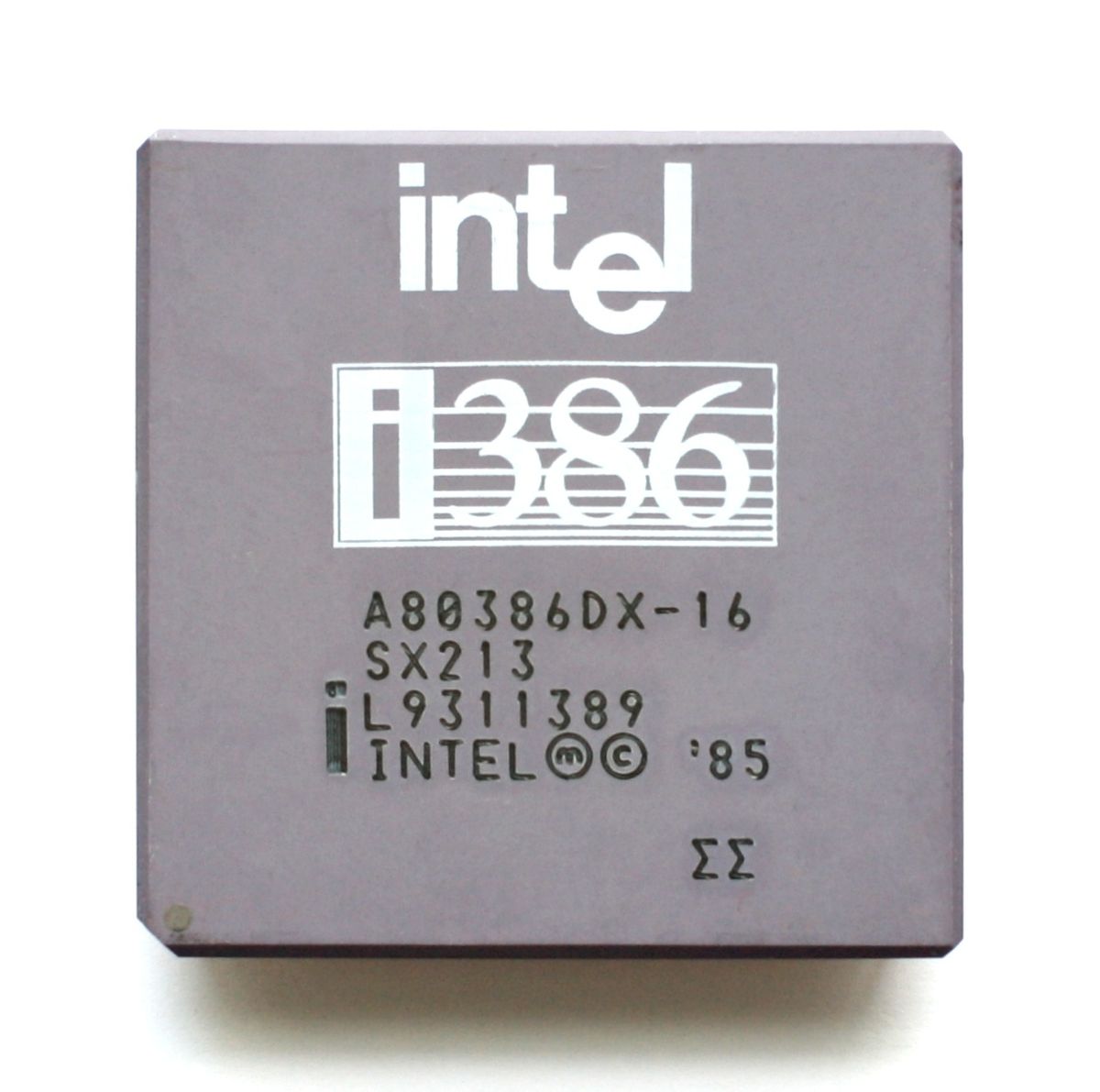I once fucked up my grub.cfg, wrote over the part needed to unencrypt. Had no idea what had happened. Was a fun night :)
This was probably before you used BTRFS, right? RIGHT?!?
I don’t know much about btrfs, how would that help ?
Ah yes, simplicity. MBR, with all its limitations had one killer feature: it was extremely simple.
UEFI, as powerful as it is, is the opposite of simple. Many moving parts, so many potential failure points. Unfortunately, it seems like modern software is just that: more complex and prone to failure.
True, but… When MBR Grub drops to rescue or doesn’t appear at all, it’s not only difficult (at least for newbies) but somewhat random if you can actually boot a given OS. With EFI Grub, I’ve often managed to boot using BIOS boot override to launch a usable Grub configuration.
Actually grub 0.x series had much more useful rescue shell tab completion than the latest release. You could easily list all boot devices, partitions, and even filesystems and their contents. All from the rescue shell. Consequently, you could boot into Linux and reinstall grub in the MBR to fix it. All that without using a boot CD/USB! Good luck doing that with the latest version of grub and UEFI.
Also getting into the BIOS on legacy firmware was also very simple. On most machines it’s the three finger salute followed by either F1, Delete or rarely F11 or F12.
The boot process was simple, and the BIOS had just one simple task: load and execute the first 512 bytes of the disk that was designated as the boot device. That’s it.
Asus --> Del - Enter BIOS, F8 - Boot menu (very confusing since Windows also uses F8 for the recovery mode boot menu, so you have to press F8, then when the boot menu appears, chose the boot device, then have one hand on Enter and the other on F8 again, so that you hit Enter and start tapping like crazy on F8 to enter the rescue mode menu… annoying as hell)
GigaByte --> Del or F2 - Enter BIOS, F12 - Boot menu, Alt + F10 - Copy main BIOS to backup BIOS
MSI --> Del or F2 - Enter BIOS, F11 - Boot menu
ASRock --> Del or F2 - Enter BIOS, F11 or F10 - Boot menu
Biostar --> Del - Enter BIOS, F9 - Boot menu
Intel --> F2 - Enter BIOS, F10 or F12 - Boot menu
I used to remember some of the brand name PCs as well, but time has gotten the best of me 🤷.
The boot process was simple, and the BIOS had just one simple task: load and execute the first 512 bytes of the disk that was designated as the boot device. That’s it.
This is actually what I love about MBR nowadays. It’s simple enough so no one wants to mess with it and render the rig unbootable and obscure enough so no one (MS) actually checks if there is anything there that might trigger warnings (non-MS code).
You just fix grub with a live usb, it’s not that difficult.
“Not that difficult” but still more difficult than being able to boot without a separate live USB drive.
I work in IT for many years and I think your last sentence is very true. And is also why the industry is so lucrative haha
Exactly why old devices are so hard to break - they’re incredibly simple.
To be honest, I see nothing wrong with MBR boot, it does the job, I’ll use it till I can or till it doesn’t do the job I want/need.
Legit question. Outside of FOSS and a few more frames per second on some steam games, why would anyone go through the trouble of installing and configuring a Linux box? Last time I tried I couldn’t get my Bluetooth headphones to work and I had to buy a new webcam because I didn’t know how to compile drivers.
I sorta just accept I’m running a bit slower and everything works on my TinyPC win10 box.
I would say convenience, my experience is that it just works, and then you get an OS you are fully in control of.
On Windows you sit down to do stuff and Windows needs to reboot and update, and you have already postponed it as long as you were allowed.
Yes there will always be some hardware that lacks Linux support, and the migration to Linux can be bumpy.
I just switch my gaming rig to linux 3 or 4 months ago. First time daily driving linux. I haven’t touched a driver or anything system config related. I don’t think there is a single peice of hardware not working on my box. Im on pop_os! With an amd gpu. Can play any game thanks to steam proton or lutris. Playing wow and cyberpunk right now.
AFAIK games generally still run worse on Linux, there are cases that seem to beat Windows performance, but I’m not kidding myself about that - it’s just not big enough of a difference to worry.
Aside from other reasons people are saying, I love my package manager. Having a centralized system where my stuff comes from and is installed, not having to deal with searching for websites, finding installers, and dealing with the bullshit they sometimes throw your way. And guess what, if something’s not available in the repositories, perhaps because it offers no installers in the first place, I can usually easily make my own build script and install it in the system anyways.
And then when it comes to updating my stuff, I also don’t have to deal with every program having its own updating/auto updating system, I just run a few commands and update everything I have installed.
And then when it comes to updating my stuff, I also don’t have to deal with every program having its own updating/auto updating system, I just run a few commands and update everything I have installed.
This is the best part for me… well, one of the best parts 😁.
I cannot answer your question because it proceeds from an assumption I cannot related to. In my view, Linux is much easier to setup and I have immediate access to a huge software library and am immediately productive.
Installing Windows is much more of a hassle ( the licensing alone ) and, even once installed, you have a system that does nothing useful and needs much more time to install software on before accomplishing anything. Every time you turn around, it is throwing up arbitrary and artificial roadblocks.
Unless it is already installed, I personally cannot fathom why people would want to spend their time installing Windows.
Hardware support and no ads on your desktop.
I find the experience to be superior to Windows in every way, including driver support. And it gets more and more stark with every version of Windows.
Ten, you say? Is that still supported?.
Hey, it works for you and that’s fine ☺️ 😉.
EFI is so much better
Not in my experience… and apparently a lot of people that dual boot 🤷.
My main boot partitions are far from the 2TB threshold of MBR, I’m not that rich.
Yeah cause that’s the only benefit 🙄
GPT you mean. Linux can boot in a non-EFI machine that has GPT disk partitions… Windows can’t because it’s dumb.
GPT is a partitioning table. EFI is a bootloader firmware interface.
MBR is also a partitioning table.
It is also a boot sector aka Master Boot Record.
Yes but by doing so you’re using the same principles as MBR boot. There’s still this coveted boot sector Windows will attempt to take back every time.
What’s nice about EFI in particular is that the motherboard loads the file from the ESP, and can load multiple of them and add them to its boot menu. Depending on the motherboard, even browse the ESP and manually go execute a .efi from it.
Which in turn makes it a lot less likely to have bootloader fuckups because you basically press F12 and pick GRUB/sd-boot and you’re back in. Previously the only fix would be boot USB and reinstall syslinux/GRUB.
I just had a bug on both of my EFI computers where they wouldn’t boot any more and a grub-install fixed it, apparently the regular update processes do not update the version on the ESP for some reason and my assumption is that it became incompatible with the modules in /boot
Adding an EFI Boot Entry for netboot.xyz after it happened on the first one really helped fix the second one though.
Not sure if serious.
Was upgrading Devuan and something happened with grub-update, could be my btrfs subvol setup?
Anyway a rescue boot, chroot and grub-update later, and it’s running great again.
Start using and efistub and never worry about boot loaders again!
Naah I just disable secure boot altogether, then you don’t have to worry about all that TPM security theatre.
You don’t need secure boot to use EFI. It’s better all around regardless of SB.
Fair enough I don’t miss the old BIOS.
I just killed my desktop environment but the bootloader works.
I bout a new HDD and installed linux mint. Works fine except for two major things. Related to the post, I cannot get the bootloader to find windows 10 no matter what I do. I might try to swap the windows drive to sata slot 1 and see if that (a) still works for windows and (b) gets grub2 working. For now, I have to go into the BIOS and mess with the boot order there to switch.
The second problem, not related, is there doesn’t appear to be any fan control software that works for my MSI motherboard’s CPU fan (lmsensors doesn’t see any sensors related to it) so the fan constantly runs even when it’s fine in silent mode on windows with regard to temperature. I have trouble with certain sounds (and trouble hearing over background sounds in general) so this is actually more of a dealbreaker than the bootloader.
For now, I have to go into the BIOS and mess with the boot order there to switch.
Why not just use the BIOS boot menu?
The second problem, not related, is there doesn’t appear to be any fan control software that works for my MSI motherboard’s CPU fan (lmsensors doesn’t see any sensors related to it) so the fan constantly runs even when it’s fine in silent mode on windows with regard to temperature. I have trouble with certain sounds (and trouble hearing over background sounds in general) so this is actually more of a dealbreaker than the bootloader.
Try setting that from the BIOS, let the BIOS control the fan’s RPM, not the OS. You can even make a custom RPM curve on modern BIOSes.
MSI has a Windows utility to control the fans as desired. I don’t think there’s a BIOS boot menu, but I will check.
EDIT:
Fan curves are apparently in “Hardware Monitor” because that makes sense. Blah. I still have to tweak more, or maybe Linux is just running hotter on my machine, but improvement has happened.
I didn’t realize my BIOS could have a boot menu pop up because the splash screen disappears instantly. Problem solved. Thank you!
Can’t relate to be honest, I have a life and use Fedora












